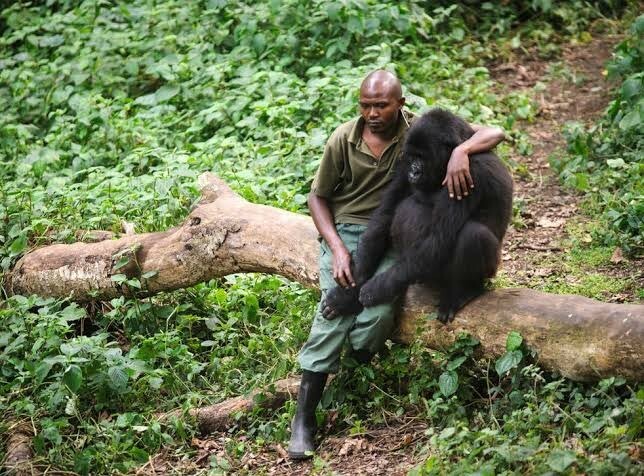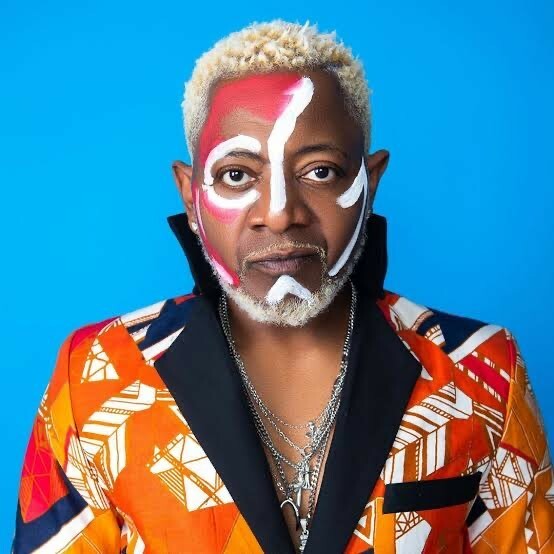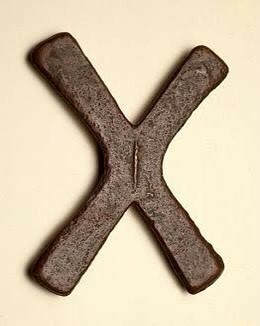Despite decades of sustained armed conflict that has characterized the state of the Congo and has led to the death of over 5.4 million Congolese, women and children inclusive - DR Congo is still among one of the most naturally endowed countries on the surface of the Earth. Congo seats on large deposits of gold, tantalum, tungsten and tin - all minerals used in electronics such as cell phones and laptops. In fact the mining industry of the Congo plays a significant role in the world's supply of cobalt, copper, diamond, tantalum, tin, gold and produces over 70% of globally produced cobalt. It is the country's largest source of export income. The Democratic Republic of the Congo hosts the United Nations’ largest peacekeeping mission in the world, with over 21,000 soldiers from approximately 50 different countries. This is all due to the instability caused by war and political upheavals that has rocked the country since the 1960s.

Virunga National park
The oldest national park in Africa is the Congo’s Virunga National Park. Located in the Albertine Rift Valley in the eastern part of the country, it is home to rare mountain gorillas, lions, and elephants. The Virunga Park which was created in 1925 is Africa's most biodiverse protected area, home to over one thousand species of mammal, bird, reptile, and amphibian as well as ⅓ of the world's endangered mountain gorillas. Also, the DR Congo is home to the endangered okapi. Known as the “forest giraffe,” the okapi looks more like a cross between a deer and a zebra. The okapi is native to the Ituri Rainforest in DR Congo, the only place where it can be found in the wild. Virunga park is a UNESCO world heritage site (five in total located in DR Congo comprising four national parks and one wildlife reserve).

DR Congo's capital of Kinshasa is the second largest French speaking city in the world after Paris. Kinshasa faces Brazzaville, the capital of neighbouring Republic of the Congo, and the two cities are the closest capital cities in the world with the exception of Vatican City and Rome.
Kinshasa which was founded in 188, is now regarded as the world's fastest growing megacity, and is Africa's third largest metropolitan area after Cairo and Lagos.
The Democratic Republic of Congo has a vibrant sports, music and fashion culture. It is the home of five time CAF Champions League winners - TP Mazembe. Former USA NBA all-Star Dikembe Mutombo was born in the Democratic Republic of Congo. Claude Makélélé, the World Cup winner with France, also has roots in DR-Congo. DRC has also produced some of Africa's best musicians like Papa Wemba, Koffi Olomide, François Luambo, Luanzo Makiadi, the master of African rhumba, madilu system, Ferré Gola, Fally Ipupa, Awilo Longomba, amongst others. Infact Congolese music is one the most influential music of the African continent since the 1930s.

Awilo Longomba, Congolese Musician
Congolese are colourful people with a high sense of fashion. Traditionally, men and women used to put on clothes made of raffia or bark fabric. The modern Congolese women, however, prefer wearing “Liputa” style (loosely translates to “wearing of colourful materials in style”). Moneyed men, on the other hand, walk around with designer clothes. Also there is a group of people called the “La Sape”, or Congolese Dandies, is a society of low-earning Congolese people who spend a majority of their income on fashion.
The Congo River, which runs through DR Congo, is Africa’s second-longest river after the Nile. It is also the world’s deepest river. Also, the world’s second-largest rainforest, the Congolese rainforest, is partly located in DR Congo. The Congolese rainforest spans six countries: Cameroon, Central African Republic, Republic of the Congo, Equatorial Guinea and Gabon.
In times past, the DRC used to have a very strange form of currency called the Katanga cross. The metal is made of copper and is shaped in the form of an X. A single Katanga cross, which was used for trade in the 19th and early 20th centuries, could buy 10 kilograms of flour and six chickens. Two of the crosses could buy one a gun. Taking pictures in some parts of the DRC is ill advised. Locals may get very upset, for they believe that “capturing a person’s image” removes his spirit.


The Katanga Cross
Power of Africa uses this medium to call on African leaders and other well-meaning organizations to actively engage in promoting peace initiatives for DR Congo.
